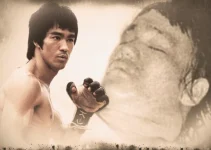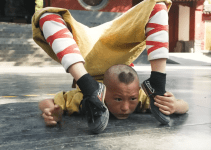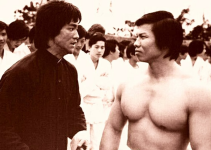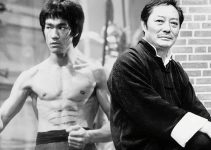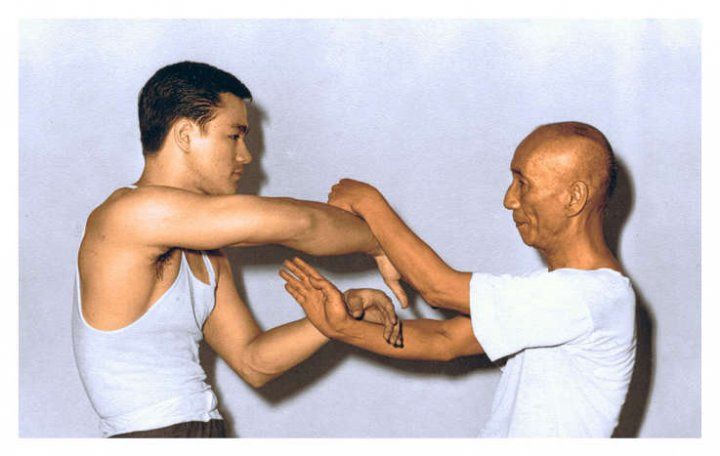
Wing Chun is a renowned Chinese martial art known for its efficiency, directness, and emphasis on close-range combat. Despite its rich history and widespread recognition, Wing Chun is seldom seen in mixed martial arts (MMA) competitions. This blog delves into the reasons why Wing Chun is not commonly applied in MMA and explores its potential within the context of modern combat sports.
The Philosophical and Training Method Differences
Philosophical Differences
Wing Chun was developed with a focus on self-defense and close-quarters combat. The art emphasizes quick, precise strikes and the efficient use of energy. In contrast, MMA is a composite sport that incorporates techniques from various martial arts, requiring fighters to be adept at striking, grappling, and ground fighting. The philosophical foundation of Wing Chun, which prioritizes economy of movement and direct attacks, does not always align with the broader strategic demands of MMA.
Training Methods
Wing Chun training often involves forms (kata), sticky hands (Chi Sao) drills, and wooden dummy exercises. These methods are excellent for developing sensitivity, timing, and precision but do not necessarily translate well to the dynamic and unpredictable nature of MMA. MMA training, on the other hand, involves sparring, strength and conditioning, and cross-training in multiple disciplines such as Brazilian Jiu-Jitsu, Muay Thai, and wrestling. The gap between traditional Wing Chun training methods and the comprehensive approach of MMA can limit the effectiveness of Wing Chun techniques in the octagon.
Technical Limitations of Wing Chun in MMA
Lack of Ground Game
One of the most significant limitations of Wing Chun in MMA is the lack of a ground game. Wing Chun primarily focuses on stand-up fighting, with little to no emphasis on grappling or ground fighting. MMA fighters must be proficient in both striking and grappling, as fights often transition to the ground. Without training in disciplines like Brazilian Jiu-Jitsu or wrestling, a Wing Chun practitioner can be at a severe disadvantage once the fight hits the mat.
Limited Kicking Techniques
Wing Chun does include some kicking techniques, but they are generally low kicks aimed at the legs and lower body. These kicks are effective in close-range self-defense scenarios but may not be as versatile or powerful as the kicks seen in Muay Thai, Taekwondo, or other striking arts commonly used in MMA. The limited kicking arsenal of Wing Chun can reduce a fighter’s ability to engage at different ranges and vary their attacks.
Predictability and Limited Range of Techniques
Wing Chun’s focus on direct, linear attacks can become predictable to seasoned MMA fighters who are trained to recognize and counter repetitive patterns. The limited range of techniques in Wing Chun may also restrict a fighter’s adaptability in the octagon, where versatility and the ability to switch tactics on the fly are crucial.
RELATED: 3 Critical Weaknesses of Wing Chun Techniques Against Modern Martial Arts
Success Stories and Potential Adaptations

Fighters Who Have Used Wing Chun Elements
Despite its challenges, some MMA fighters have successfully incorporated elements of Wing Chun into their fighting style. Tony Ferguson, a well-known UFC fighter, has been seen using Wing Chun techniques, particularly in close-quarters situations. His use of Wing Chun principles, such as trapping and quick strikes, has contributed to his unorthodox and effective fighting style.
Adaptation and Integration
To make Wing Chun more viable in MMA, practitioners need to adapt and integrate it with other martial arts. This means cross-training in disciplines like Brazilian Jiu-Jitsu for ground fighting, Muay Thai for improved striking versatility, and wrestling for takedown defense. By blending Wing Chun’s unique strengths with the broader skill set required in MMA, fighters can create a more well-rounded and unpredictable fighting style.
The Role of Training and Conditioning
Importance of Sparring
One of the criticisms of traditional Wing Chun training is the lack of full-contact sparring. Sparring is essential in MMA to simulate real fight conditions and develop timing, reflexes, and the ability to take and deliver strikes. Wing Chun practitioners looking to transition into MMA need to incorporate regular sparring sessions into their training regimen to better prepare for the physical and psychological demands of the sport.
Strength and Conditioning
MMA fighters require exceptional physical conditioning to perform at the highest level. While Wing Chun emphasizes technique over brute strength, fighters must still undergo rigorous strength and conditioning training to enhance their stamina, power, and resilience. Incorporating modern fitness regimes, including weight training, cardiovascular conditioning, and flexibility exercises, can help Wing Chun practitioners build the physical attributes necessary for success in MMA.
Cultural and Perception Barriers
Traditional vs. Modern Mindset
There is often a cultural divide between traditional martial arts and modern combat sports. Traditionalists may view MMA as lacking the philosophical depth and discipline of traditional arts like Wing Chun. Conversely, MMA practitioners might see traditional martial arts as outdated or impractical for modern competition. Bridging this gap requires mutual respect and a willingness to learn from each other, recognizing the value that both traditional and modern approaches can bring to martial arts.
Popularity and Exposure
Wing Chun’s limited exposure in mainstream combat sports can also be a barrier. Popular martial arts like Muay Thai, Brazilian Jiu-Jitsu, and boxing dominate the MMA landscape, often overshadowing less common styles like Wing Chun. Increased representation of Wing Chun in MMA, through successful fighters or dedicated training programs, could help raise its profile and encourage more practitioners to explore its potential in mixed martial arts.
Conclusion
While Wing Chun faces significant challenges in the realm of MMA, it also possesses unique strengths that can be harnessed with the right adaptations. The key lies in integrating Wing Chun’s effective close-range techniques with the broader skill set required in MMA, including grappling, kicking, and comprehensive conditioning. By doing so, Wing Chun practitioners can not only compete in MMA but also bring a fresh and unique approach to the sport.
Ultimately, the story of Wing Chun in MMA is one of adaptation and evolution. As martial arts continue to evolve, so too must their practitioners, embracing new methods and ideas while staying true to the core principles that define their art. With dedication and innovation, Wing Chun has the potential to carve out its place in the dynamic world of mixed martial arts, offering fighters a powerful and distinctive set of tools for success.
